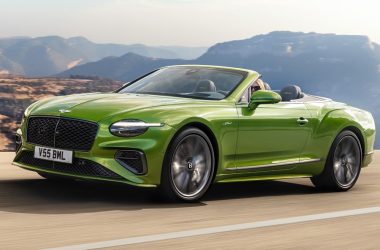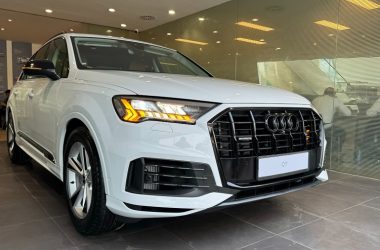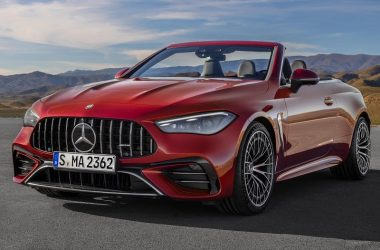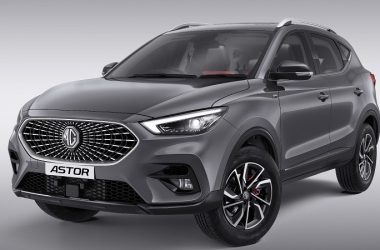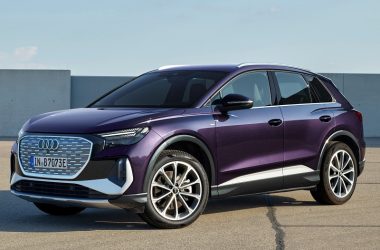In a major shift towards the automotive industry, Xiaomi, a renowned smartphone manufacturer, has officially unveiled its first foray into the electric vehicle (EV) sector with the launch of the Xiaomi SU7 electric sedan. This groundbreaking event comes almost three years after the company’s CEO Lei Jun first announced Xiaomi’s entry into car manufacturing on March 30, 2021, with a proposed investment of 10 billion yuan (approximately 1.4 billion USD).
The unveiling, which took place 1003 days after the initial announcement, marks a significant milestone in Xiaomi’s expansion. The company previously stated that the mass production of the SU7 would begin in the first half of 2024. Late 2023 saw leaked spy shots and videos of the SU7, and in November, the Ministry of Industry and Information Technology (MIIT) in China disclosed Xiaomi’s application for a sales license, revealing the car’s key specifications.
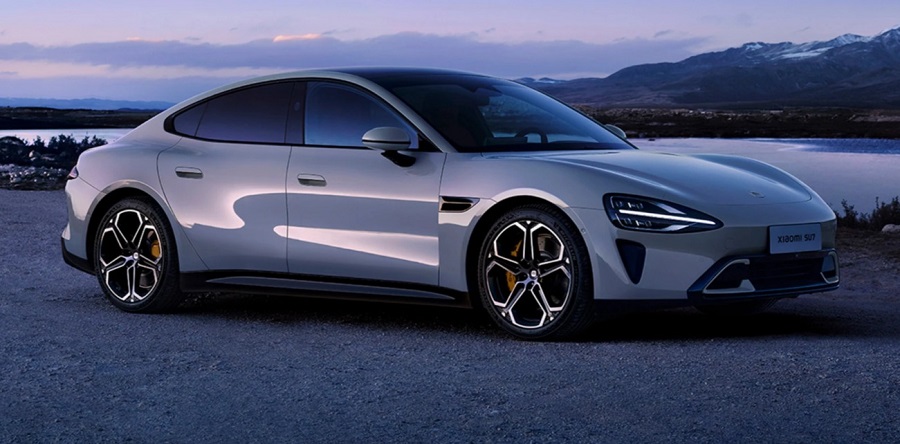
Xiaomi introduced two variants of their inaugural EV: the SU7 and the higher-end SU7 Max. The base SU7 model is a rear-wheel drive (RWD) featuring Xiaomi’s in-house developed V6 engine, delivering a maximum power of 220 kW and 400 Nm torque, enabling it to accelerate from 0-100 km/h in just 5.28 seconds. It is equipped with a 73.6 kWh battery, ensuring a 668 km range under the China Light-Duty Vehicle Test Cycle (CLTC) standard.
The performance-oriented SU7 Max boasts all-wheel drive (AWD), dual motors with a total output of 425 kW and 838 Nm torque, achieving a 0-100km/h acceleration in a mere 2.78 seconds, and a top speed of 265 km/h. This version utilizes CATL’s Qilin NMC battery with a capacity of 101 kWh, offering an impressive 800 km CLTC range. Notably, the battery can recharge 390 km in just 10 minutes, surpassing the charging capabilities of the Tesla Model S Plaid.
The SU7’s design, helmed by Li Tianyuan, Xiaomi’s Head of Design and former BMW designer, alongside exterior designer James Qiu from Mercedes-Benz, reflects a commitment to sleek aesthetics and functionality. The car’s aerodynamic design boasts a drag coefficient of only 0.195 Cd, the lowest among production vehicles, though this figure is based on a model without lidar.
The interior of the SU7 features a 16.1″ central control screen, a 7.1″ instrument panel for the driver, and two rear screens for passengers, compatible with both Xiaomi and Apple tablets. Powered by Qualcomm Snapdragon 8295, the cockpit’s HyperOS system, along with Xiaomi Pilot ADAS, offers advanced autonomous driving capabilities. Xiaomi Pilot will utilize a comprehensive array of sensors, including lidar, to facilitate features like highway driving, self-parking, and car summoning.
Xiaomi’s journey from a software developer to a leading consumer electronics company is now expanding into the automotive world. HyperOS, set to replace MIUI, will be the operating system for Xiaomi’s ecosystem, including its vehicles. This move promises unparalleled connectivity and integration with Xiaomi’s range of products and even compatibility with Apple devices.
Lei Jun, in his address, announced Xiaomi’s ambition to be among the top 5 car companies globally within 15-20 years. The SU7, positioned to compete with the Porsche Taycan and Tesla Model S in China, has yet to have its price revealed, though estimates suggest a starting price under 300,000 yuan (42,500 USD). While Xiaomi has not specified when deliveries will begin, production is slated to start in the first half of 2024, and the automotive world is keenly watching Xiaomi’s new venture unfold.

